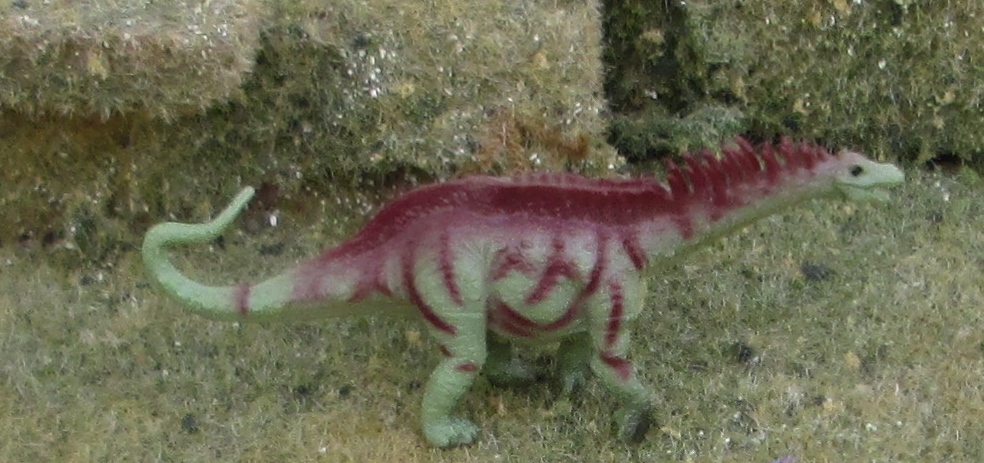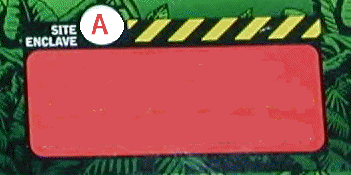South America in the
Early Cretaceous
Some of the earliest known dinosaurs are from the Late Triassic South America. Jurassic fossils are rare, we know there were stegosaurs, sauropods and theropods. Cretaceous South American dinosaurs have been poorly known. Part of Gondwanaland, it was dominated in the by abelisaurs like Carnotaurus and sauropods. There is a Northern hemisphere bias to dinosaurs since the best known finds especially for the Cretaceous are from Laurasia. It was long assumed that sauropods declined world wide and were replaced by hadrosaurs and cerotopsians. It may be that North America and Asia were not the norm for the Mesozoic. In the The southern continents sauropods thrived and evolved the duckbills and certopsians never became major components of the fauna of South America, Australia or Africa. It actually looks like Gondwanaland fauna was expanding into North America and Europe when the extinction event closed out the Mesozoic.
Updated 041716

From the Hauterivian we have the oldest abelisaurids, a possible stegosaur and Amargasaurus, from the La Amarga Formation in north-west Patagonia.

These animals seem be related to the same family as Dicraeosaurus found in Africa in the Jurassic. Diplodocids and titanosaurs filled the medium and giant plant eating roles. Small iguanodonts are present reminiscent of the Late Jurassic dryosaurs. Abelisaurs were the medium size predators. They are though to be relatives of the Jurassic ceratosaurs. The earliest known abelisaurs are known from Jurassic North Africa. Abelisaurs seem to be a group that started in Gondwana and moved into Europe in the Cretaceous. The divergence in dinosaur families seems to have begun in the Jurassic and becomes apparent in the Cretaceous.
Dicraeosauridae
were rather small sauropods (about 40 feet long). The vertebral spines
of Amargasaurus grew especially tall along the back of the neck, where
they may have been covered with webs of skin.

Rayososaurus was a South American sauropod nearly identical to the contmeporay Rebbachisaurus in Africa. Both had unusually tall and ridged backs.
